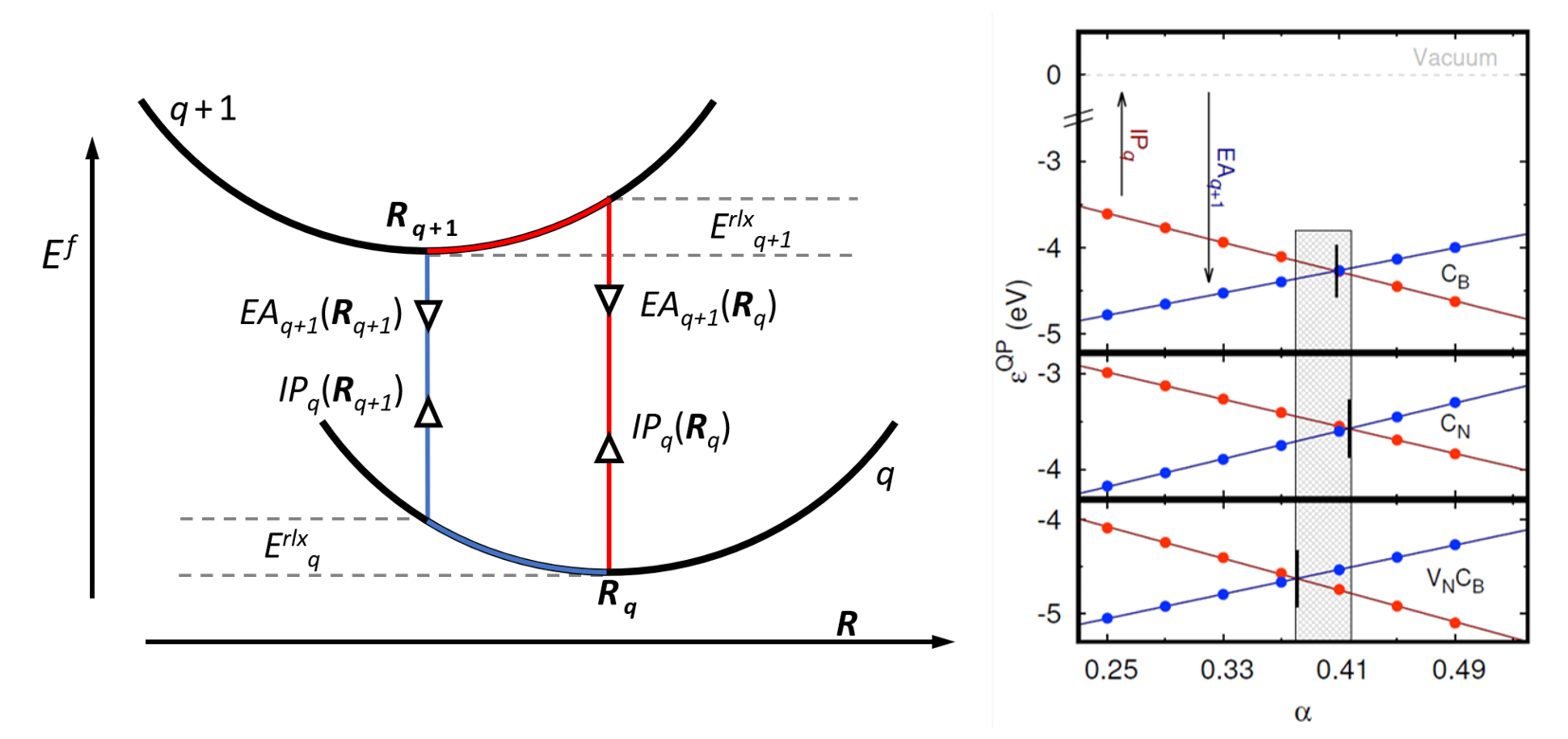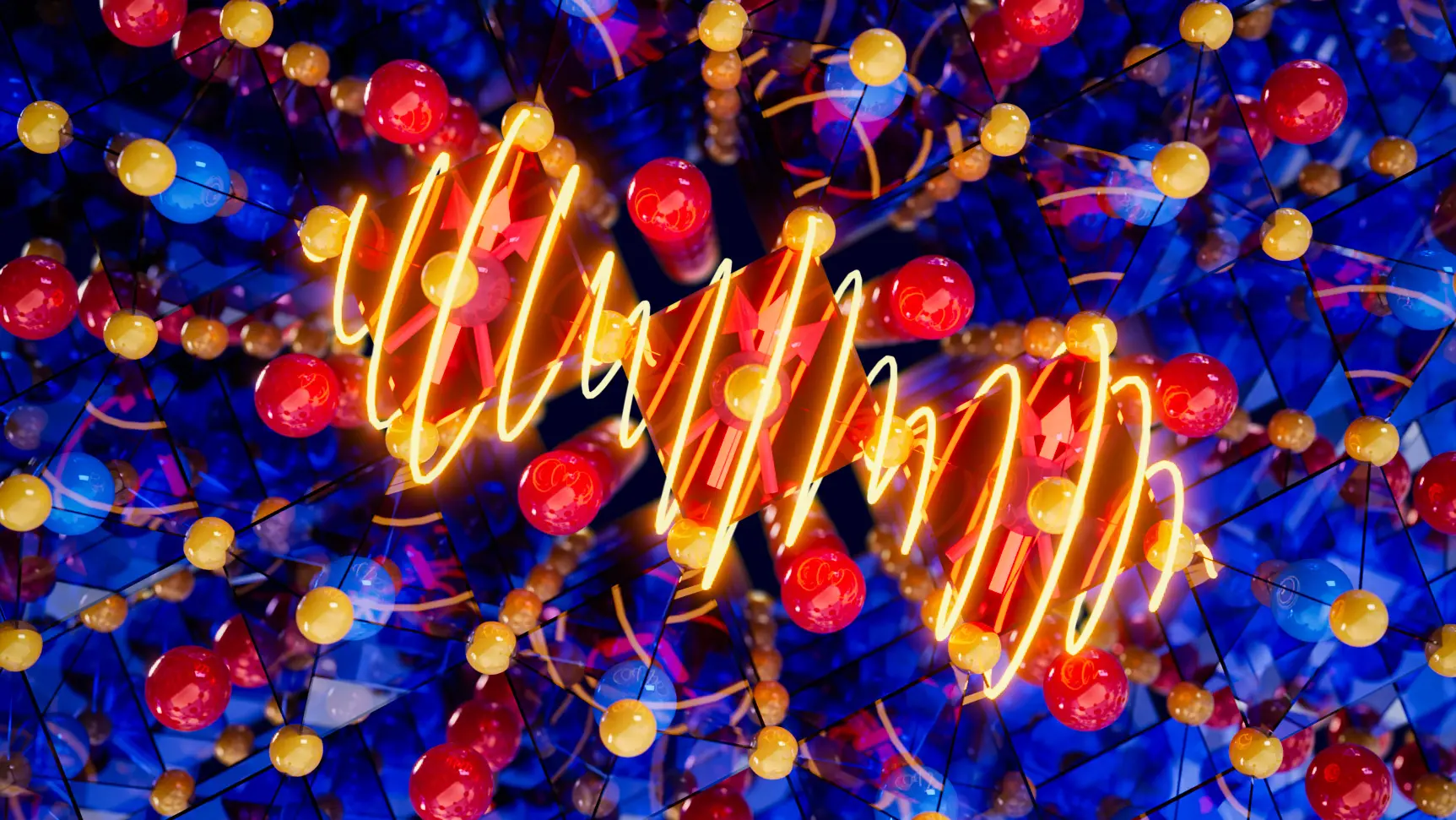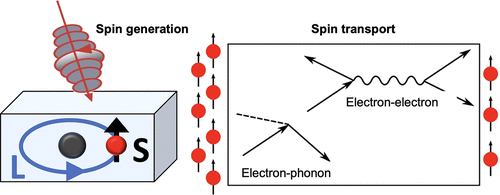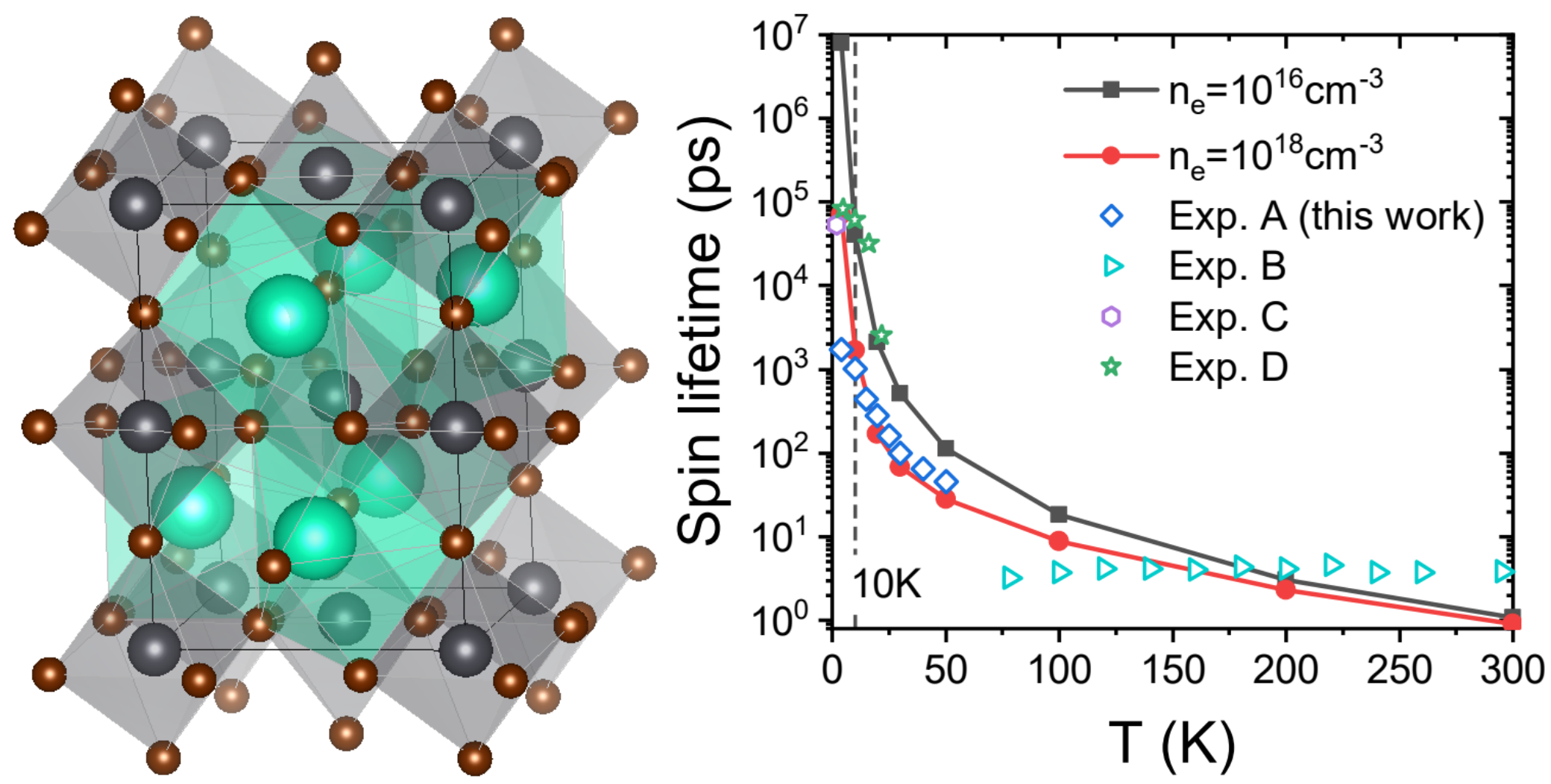Capping off 2018, the group’s paper “Fundamental principles for calculating charged defect ionization energies in ultrathin two-dimensional materials” has been published in Physical Review Materials! Congratulations to Tyler, Feng, and Prof. Ping!
Defects in two-dimensional (2D) materials are becoming prominent candidates for quantum emitters and scalable optoelectronic applications. However, several physical properties that characterize their behavior, such as charged defect ionization energies, are difficult to simulate with conventional first-principles methods, mainly because of the weak and anisotropic dielectric screening caused by the reduced dimensionality. We establish fundamental principles for accurate and efficient calculations of charged defect ionization energies and electronic structure in ultrathin 2D materials. We propose to use the vacuum level as the reference for defect charge transition levels (CTLs) because it gives robust results insensitive to the level of theory, unlike commonly used band-edge positions. Furthermore, we determine the fraction of Fock exchange in hybrid functionals for accurate band gaps and band-edge positions of 2D materials by enforcing the generalized Koopmans’ condition of localized defect states. We found that the obtained fractions of Fock exchange vary significantly from 0.2 for bulk hexagonal boron nitride (h-BN) to 0.4 for monolayer h-BN, whose band gaps are also in good agreement with experimental results and calculated GW results. The combination of these methods allows for the reliable and efficient prediction of defect ionization energies (the difference between CTLs and band-edge positions). We motivate and generalize these findings with several examples including different defects in monolayer to few-layer h-BN, monolayer MoS2, and graphane. Finally, we show that increasing the number of layers of h-BN systematically lowers defect ionization energies, mainly through CTLs shifting towards vacuum, with conduction band minima kept almost unchanged.
Tyler J. Smart, Feng Wu, Marco Govoni, and Yuan Ping, Physical Review Materials, 2, 124002 (2018). DOI: 10.1103/PhysRevMaterials.2.





